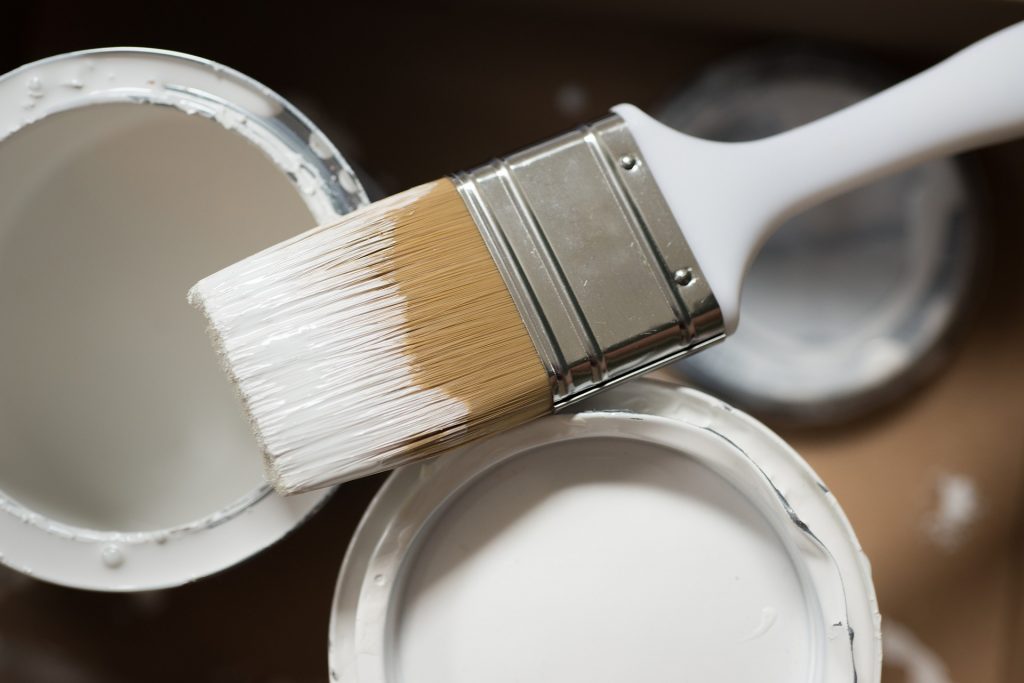More Tricks to “Cutting In”
October 11, 2022
If you’ve ever tried painting a room or space in your home, you know that there are many spots where a wall meets a window, door, ceiling, floorboard, heater, or another component that requires either the process of “cutting in” or using tape to ensure a clean line a professional look for a paint project.
In past blogs, we have discussed whether “To Tape or Not to Tape.” The question can only be answered by the person facing the challenge of edges and corners that could be impacted by a shaky brush or an overloaded roller.
Today, we are tackling the concept of “cutting in” with some of our tips and tricks that will make this choice less risky in the long run.
Invest in the Right Equipment
Start your “cutting in” adventure with the right tools for the job. You will want to invest in a few high-quality angled brushes that can get into hard-to-reach corners and edges. You will also want a step stool that can get you to the right height to see what you are doing-especially when cutting in along the ceiling or high windows.
Additionally, you will want to have a damp microfiber cloth at the ready to correct any slips of your brush into no-mans-land. If caught quickly, slips during the “cutting in” process can be fixed with a swipe of your cloth before the paint starts to cure.
Keep Your Brush Clean
One of the problems that novice painters find is that after painting for a while their brushes get clogged with paint that is beginning to dry. This can make a brush harder to handle and create a less smooth application of the paint. It’s super important to clean your brushes regularly to ensure that there are no paint clumps or problems that would make it harder to use a steady hand along the edges.
Don’t Overload the Brush
This caveat is one that many veteran painters know all too well. A paintbrush that has too much paint on it is harder to control and drips and mistakes can occur as a result. Only put on the amount needed to allow you to get a swipe on and back. Any more and you may have paint bleeding into areas you want to be kept clean.
Don’t Start on the Line
Part of “cutting in” is creating or painting up to a certain line. Don’t start right on that line you are creating with the paint. Rather start a few inches away and work the brush toward the line slowly.
Fan Out the Bristles
For better control over where the paint is applied, try this trick of professionals. Fan out your brush and apply pressure to slow the application and get better precision results. The tips of the bristles will be able to apply the smallest amount of paint while allowing you to maintain the straight line you desire.
Need more tips and tricks. Visit our blog regularly for more ideas on how to transform your spaces using paint.
Categorised in: How-Tos, Interior painting, Jerry Enos, Painting Challenges




